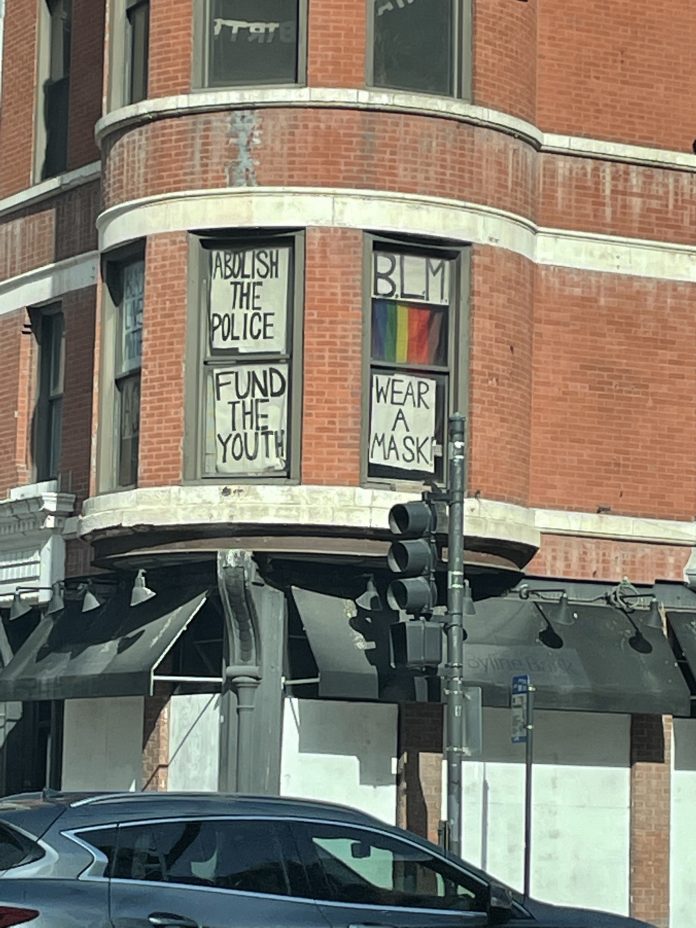If there is one group that appreciates masks, it is criminal suspects, say members of law enforcement.
Not long ago, public buses and government buildings banned people from wearing face coverings, in the interest of public safety. That is a far cry from today where face coverings are required in public spaces in most states. Given the authority by President Joe Biden, the U.S. Centers for Disease Control and Prevention (CDC) has ordered face masks, covering both mouth and nose, to be worn on public transportation and at transportation hubs.
Masks have made it difficult for police to identify criminal suspects on buses. In one example on February 9, police in Grand Rapids, Michigan were trying to identify a man suspected of assaulting a bus driver. A surveillance camera on the bus got a picture of the suspect, but the face is almost entirely covered by the mask.
Masks: From Bad to Good
Between 1920 and the late 1950s, municipalities banned masks to expose participants in violent hate crimes against blacks, though some states have had mask bans in place since the 1800s.
A number of cases have challenged the bans over the years, but the laws have generally been supported by the courts. In 1990, the Georgia Supreme Court upheld mask and hood bans on Ku Klux Klan members, and in 2004 a New York state 2nd U.S. Circuit Court of Appeals ruled a ban on masks and hoods did not violate free speech.
History took a turn in 2020 when SARS-CoV-2 began spreading across the United States. At the direction of the CDC and Anthony Fauci, President Biden’s lead COVID-19 advisor, a number of states made wearing masks in public mandatory.
The overturning of mask bans has frustrated law enforcement officers, as homicide and violent crime rates in the country hit record highs. “Because of masks, facial recognition doesn’t work and obviously witness descriptions don’t work very well,” said Gary Wolske, president of the Ohio Fraternal Order of Police. “Criminals are certainly more brazen now, without a doubt.”
In one case, early in the pandemic, the mask was part of a criminal suspect’s modus operandi. The FBI says an individual donned a surgical mask while committing a string of armed robberies at convenience stores.
“Criminals, they’re smart and this is a perfect opportunity for them to conceal themselves and blend right in,” Richard Bell, a police chief in Frackville, Pennsylvania told the Associated Press, on May 18, 2020.
Masks, and Riots
Rioting, reckless burning, and assault were just some of the charges brought against the anarchist group, Antifa earlier this year. “[Masks] made it easier for Antifa to go under the radar because of the mandatory mask-wearing,” said Kevin Fornshill, a retired detective and adjunct professor in criminology at George Mason University.
Masks and crime have become a popular subject of discussion on talk radio. “I speak with law enforcement officers on a regular basis, and they will tell you that trying to identify suspects, even when caught on video committing crimes, is almost impossible now,” said Bob Frantz, a Cleveland, Ohio news commentator. “Cops I know cannot wait for these mask orders to be lifted, so businesses can go back to banning masks on people while patronizing their businesses, in the name of security.”
Ashley Bateman (bateman.ae@googlemail.com) writes from Alexandria, Virginia.





















